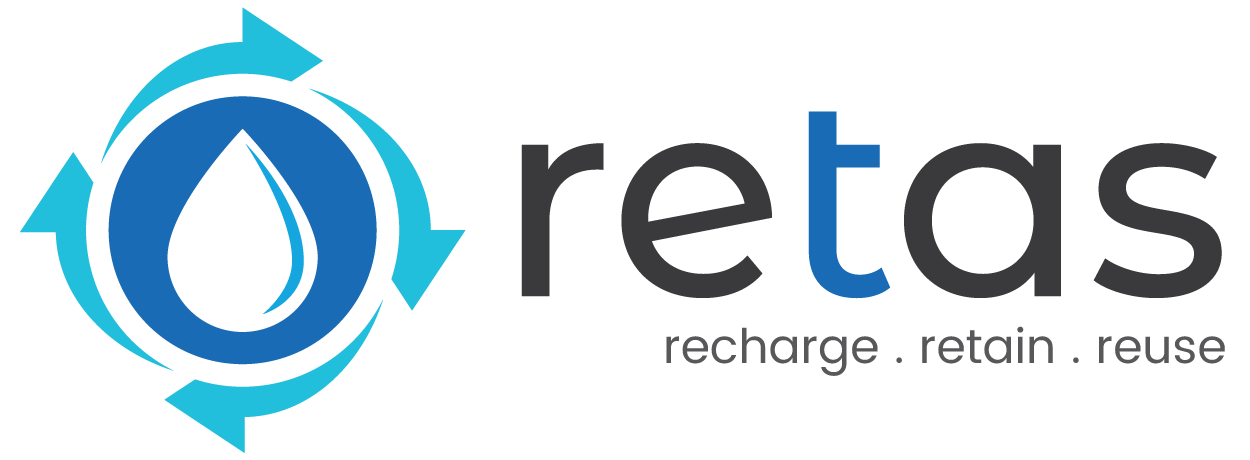No Rainwater Harvesting Made the Monsoon Deadly Knock for Public
Have you heard of the situation in Delhi after 100 mm rainfall for two consecutive days? Overall condition of the city was worse and half of its parts were submerged in water. Apart from Delhi, many Indian cities are facing heartbreaking situations due to heavy rainfall. It, directly and indirectly, highlights our negligence towards developing rainwater harvesting systems in cities to recharge the groundwater properly.
A study in 2021 revealed that seven biodiversity parks helped to harvest 1.4 million gallons of rainwater from June to September. Experts believed that the city could harvest more water.
In the context of urban planning, the head of the Centre for Environment Management of Degraded Ecosystem CR Babu said, “Wetlands store the rainwater coming from the catchment and recharge the water gradually into groundwater systems. Low-lying areas, which are depressions or wetlands, are filled up with solid waste and developed into housing complexes. Due to this, rainwater accumulates on the road and water has nowhere to go. It cannot enter soil, stormwater drains, wetlands and low-lying areas.”
It means the situation can be controlled if responsible authorities and people pay attention to harvesting rainwater. Furthermore, analysis of the condition during monsoon highlights significant key points that need to be addressed.
Points to be noted to recover from the drastic situation of monsoon
- We need to utilise the monsoon rain to recharge groundwater
- It is crucial to harvest rain from green and open areas and recharge them using a rainwater harvesting system
- We can connect rainwater harvesting systems to stormwater drains.
- In order to make the best use of rainwater, these harvesting systems must be functional.
- Ensure that stormwater drains are properly connected to water bodies and floodplains.
Rainwater Harvesting Can Create Potential Water Balance: An Analysis of Delhi’s Situation
Due to population explosion, climate change, rapid urbanisation, and pollution, the availability of water is decreasing. The situation gets complicated day by day and municipalities are struggling to provide proper water management infrastructure to the growing population. If we talk about Delhi, it is one of the largest cities in the world and also one of the most water-stressed cities in the world.
We need to take some serious actions to overcome the situation effectively. There is a study “Potential Water Balance Using Rainwater: An Analysis of Delhi, Megacity in India” is conducted to understand the potential of rainwater harvesting (RWH) for supplying water in Delhi.
According to the study, the average roof of 60 m^2 in Delhi will collect 3,64,800 L of water in a year for an average family of five members. This result is based on the mass curve method.
This study suggests rainwater harvesting for megacities to meet the increasing water demand. Other advantages of RWH are as follows:
- Mitigation of water crisis issues
- Regulation of water logging problems
- Reduce the load on the traditional water system
- Lighten non-point source pollutant loads
- Diminish the impact of climate change
- A good support to stormwater management
Furthermore, the study recommends that rooftop RWH is one of the most effective alternative sources of the water supply system in Delhi and other megacities, for the future. This is because 90% of households have a rooftop constructed with technically strong material like concrete.
We are here to help!
As you can see rainwater harvesting is one of the most promising alternatives to tackle the horrible situation that happened during monsoon. So, think about the seriousness of the situation and divert your attention to building a rainwater harvesting system. Our experienced team will help you to understand the process and recommend the best system according to your requirements. If you want to build a RWH system near your area or in your buildings, don’t hesitate to contact us. We are here to answer your queries and assist you throughout the process of rainwater harvesting from start to finish.

Master Plan 2041 by Central Ground Water Board
Potential annual rainwater runoff: 24.4 million cubic metres (MCM) out of total 175 MCM (available for recharge in Delhi.
The annual potential of rooftop rainwater harvesting is assessed to be about 14.69 MCM



